You might also be interested in this
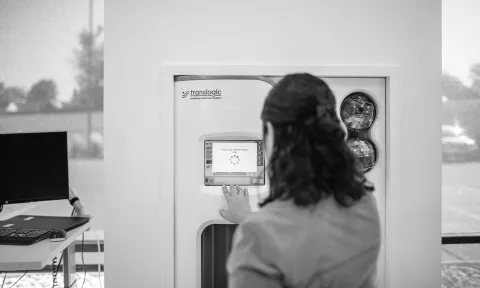
Customer Pledge
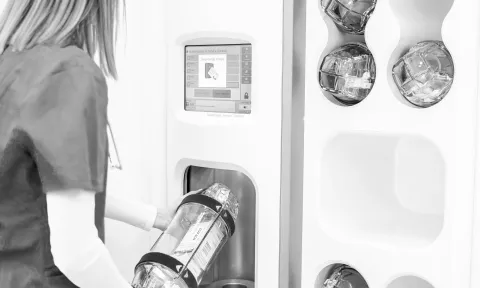
Superior Transport Automation
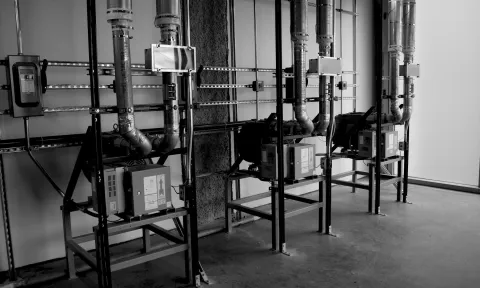
Pneumatic Tube System Components
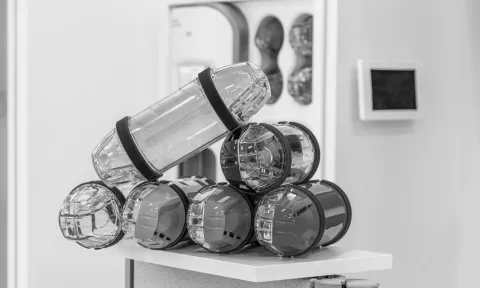
Carriers and Accessories
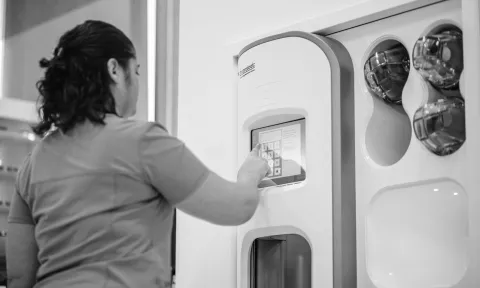
Stations
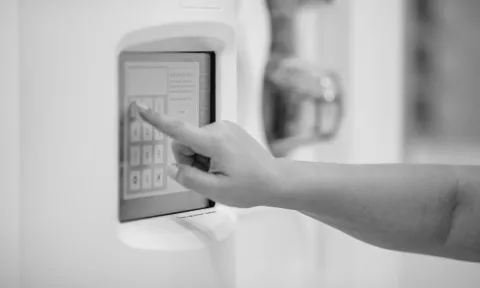
TransLogic V8
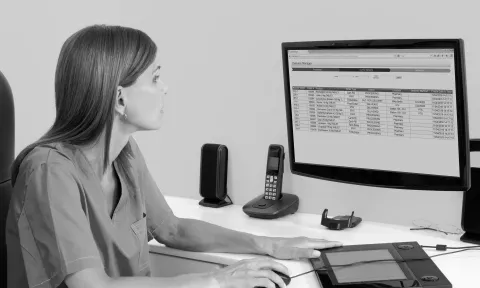
Delivery Manager Material Tracking Software

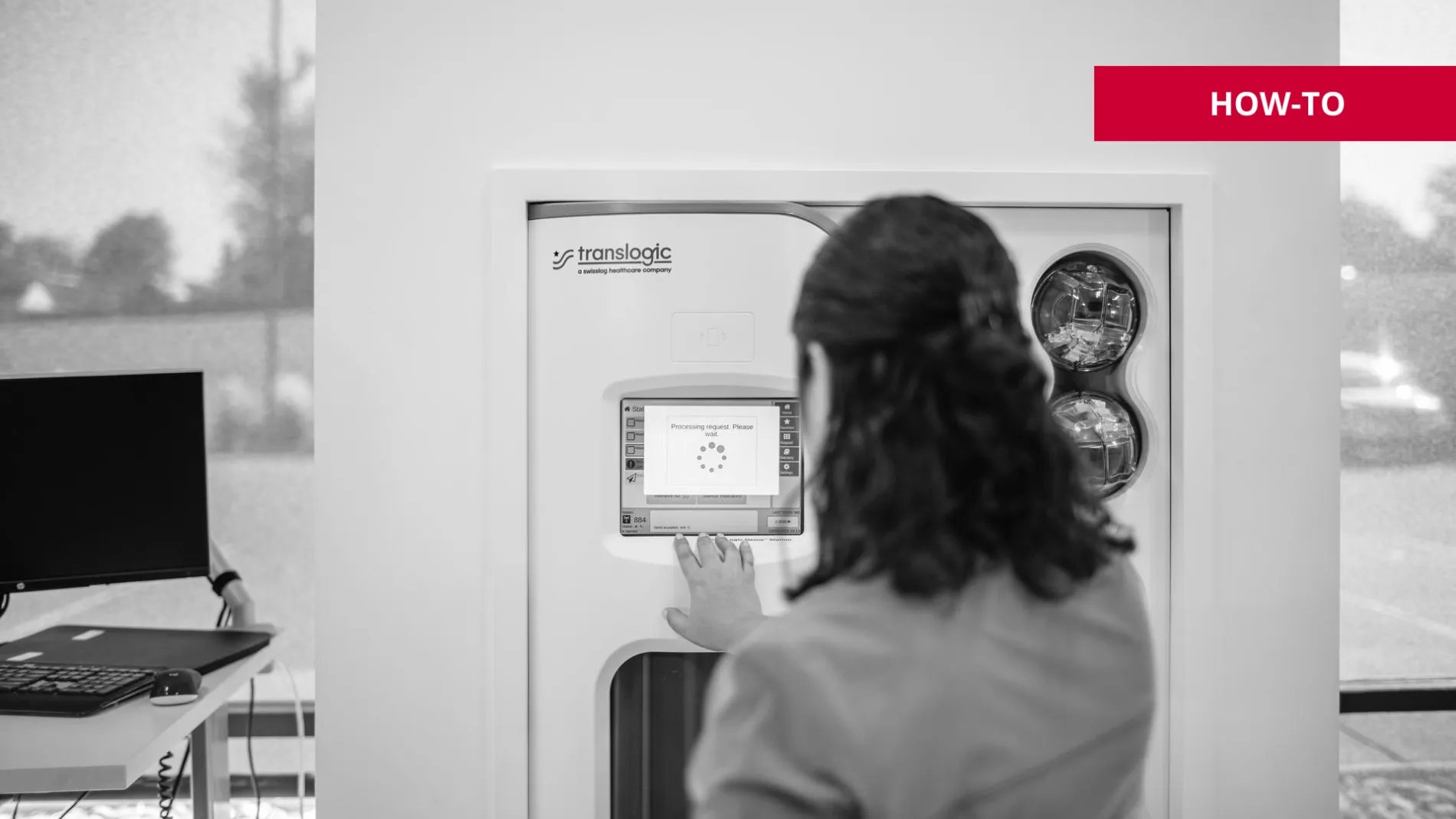
Here's How to Maximize Your Tube System
Reading Time: 3 min.
11/16/2023
Robin Arnold
Pneumatic tube systems have been around for many decades. They are a valuable technology that continues to be used by hospitals and other healthcare facilities to perform the function of transporting physical materials securely, quickly, and efficiently from one area to another.
Hospital tube systems play a critical role in connecting hospital workflows and offer multiple benefits – like reduced turnaround time for transport. Other benefits include a lower risk of material cross-contamination and biohazard exposure, as well as loss or human error (Patient Safety Authority). The automation of this process results in greater efficiency that helps provide a better quality of care to patients.
The sensitive nature of the transported material demands that a stringent set of rules and protocols be adopted to ensure hospital safety and mitigate liabilities associated with contamination or improper handling of the materials. This is important both for both employees and patients.
Robin Arnold, protocol and training consultant with Translogic® has been working with hospital tube systems for over fifteen years. During this time, she has become familiar with the specifications and hospital materials transport requirements and has witnessed the passing of new regulations governing the use of medical materials, especially as they relate to transport.
She recommends that hospitals regularly conduct their own research to ensure they remain in compliance with hospital materials regulations and best practices. While many of these mandates are local and will differ state-to-state, the following are two key nationwide regulations that apply to all hospitals operating within the United States::
USP (U.S. Pharmacopeia) Chapter 800: This regulation outlines the responsibilities involved in handling hazardous drugs. It covers facility and engineering controls as well as procedures for deactivating, decontaminating, cleaning, and spill control.
OSHA (Occupational Safety and Health Administration): Part of the U.S. Department of Labor, OSHA has set forth a range of medical materials regulations for hospitals including the handling of hazardous drugs and materials in a manner that is safe for both personnel and patients.
More specifically with regards to pneumatic tube systems, OSHA has issued three levels of containment relating to transported bio-hazard materials:
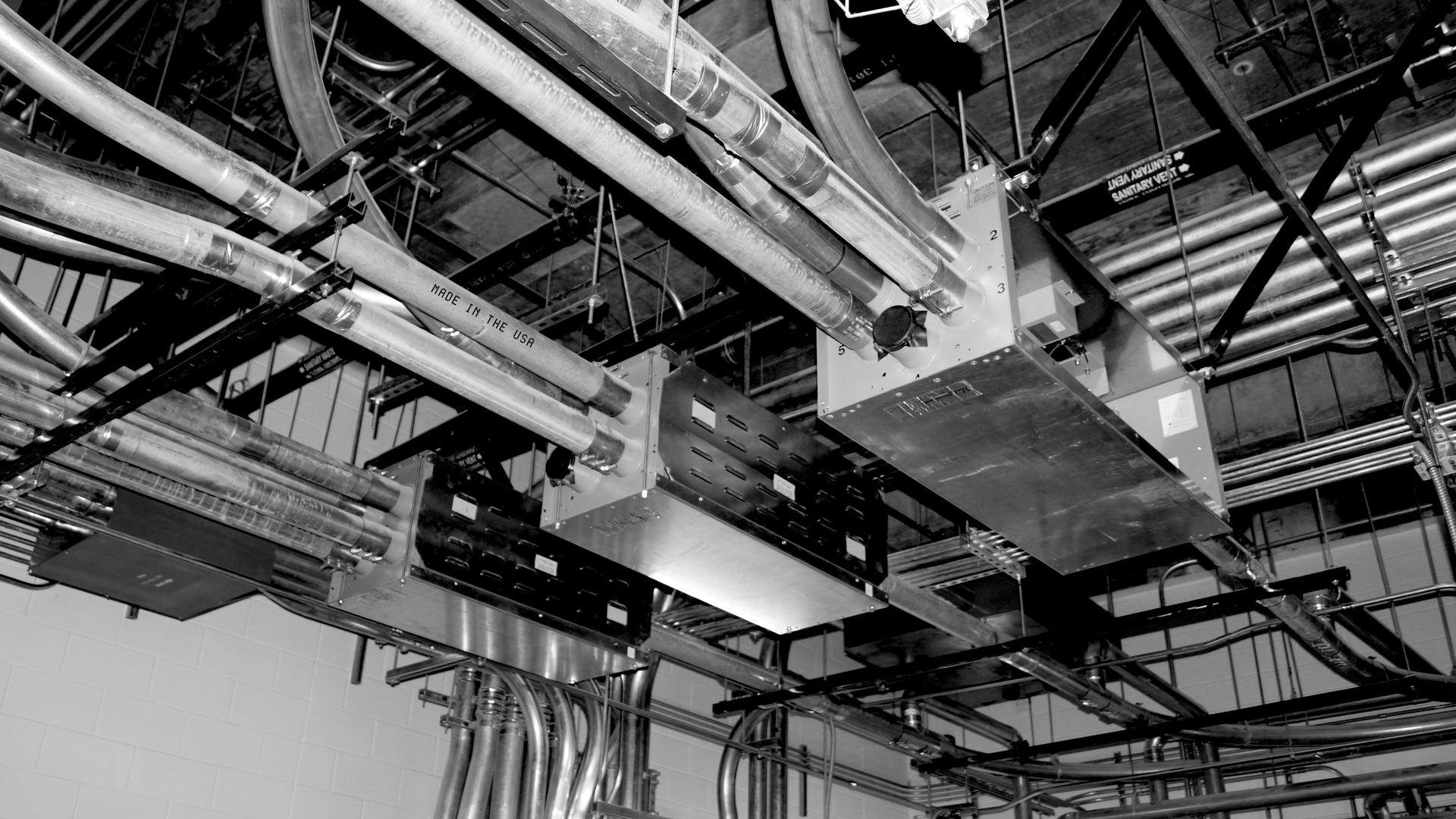








Contact our knowledgeable specialists to discover how our range of automation solutions can boost efficiency, reduce costs and enhance care at your healthcare facility.
Contact us